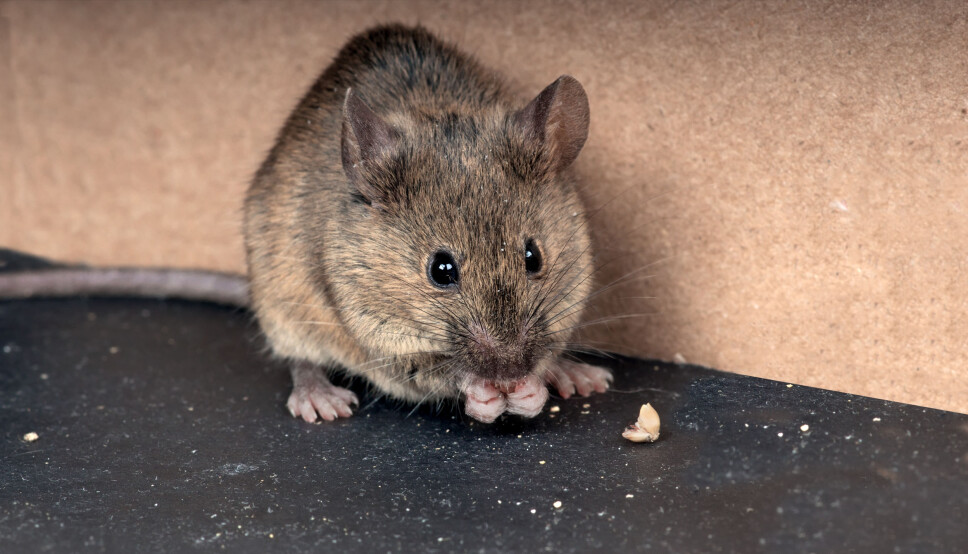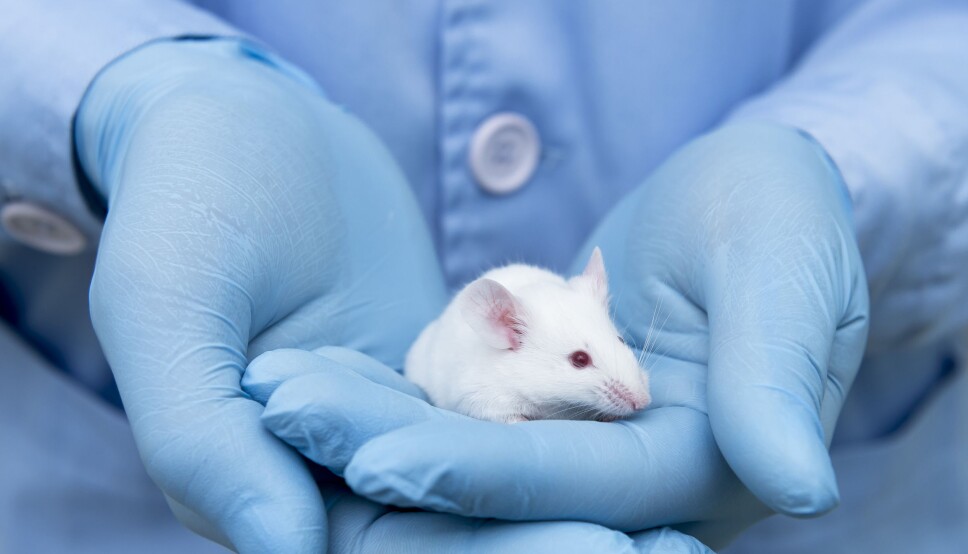Researchers' Zone:

Why mice are man's best friend in the fight against COVID-19
Researchers around the world are recreating the type of mice used in SARS research for many years. Because you cannot just use any mouse to test possible COVID-19 vaccines or to research the biology of the disease.
Valuable experimental mice for COVID-19 research were almost put down before researchers even got started. It is not just any mouse that can be used – or any other experimental animal for that matter – to research COVID-19.
The special mice were developed because another coronavirus (SARS-CoV) caused the SARS epidemic in China and other countries 17 years ago.
Four years later, in 2007, researchers managed to develop a special type of mouse that was suitable for research into SARS.
However, in 2019, when there was no longer public interest in SARS, and research funds had therefore stopped their funding, the animal models were no longer in demand as much, and producers were therefore on the verge of putting them down.
That decision changed radically with the outbreak of COVID-19, where mouse models were again needed for corona research; this time caused by the virus SARS-CoV-2, which is the cause of the disease COVID-19.
This is why laboratories and companies have been busy in recent weeks re-establishing the stock of the old mouse strains.
The American experimental animal manufacturer, The Jackson Laboratory, which sold the special mice for SARS research for many years, is reporting a high demand for the mice from research groups around the world to both research the COVID-19 disease and develop new vaccines.
The Jackson Laboratory had actually stopped all the breeding, but they received some donated mouse sperm cells from a team of researchers who had kept the mice, which is why production could be restarted.
Mice are not just mice
There are many different types of coronaviruses that infect a wide range of birds and mammals, but a single coronavirus can typically only infect one or very few related animal species.
This is why dogs and cats generally do not risk getting sick even if we fall ill with COVID-19 (although a single dog has contracted COVID-19). And perhaps a single cat.
Mice do not get sick from COVID-19 either, which is why most mouse strains are completely unsuitable for this kind of research.
This is simply because the virus is not able to penetrate mouse cells as it does human ones, and thus the mouse is naturally resistant to COVID-19.
The cause of the mouse's resistance is a specific surface enzyme that differs between humans and mice.
Problem: Corona lacks a path into mouse cells
The coronavirus behind COVID-19 uses a specific enzyme on the surface of cells to penetrate the cell, namely, the so-called angiotensin-converting enzyme 2 (ACE2).
ACE2 sits outside the cells found in the lungs, heart, arteries, intestines and kidneys, where it is important for maintaining normal blood pressure in the body.
The enzyme ACE2 works by breaking down the hormone angiotensin II, thereby reducing blood pressure.
Coronavirus makes use of this enzyme to penetrate the cell, whereupon the virus can subsequently reprogram the cell to turn it into a small virus factory that produces large amounts of new virus particles until the cell eventually perishes and releases the virus, which can then infect other cells.
ACE2 is an important enzyme for both animal and human physiology, and the mouse therefore also has its own variant of ACE2.
During evolution, ACE-2 enzymes have become increasingly distinct from each other through mutations, and in the case of the mouse, the difference in the structure of the enzyme is so large that the virus is unable to use the mouse’s ACE2 as an entry point into the cell.
Solution: Genetically engineered mice that can fall ill
In other words, the SARS-CoV-2 hand does quite not fit the mouse’s ACE2 glove. The mouse, like virtually all other experimental animals, is resistant to COVID-19. It is thus useless as an experimental animal.
Nonetheless – science has (of course) an answer to this challenge. Researchers simply genetically engineer human ACE2 enzymes into the mouse's genome, so that mouse cells produce human ACE2 enzymes on the cell surface.

This allows the virus to penetrate the cells of the mouse and create the disease – in the same way that it is occurring in humans around the world right now.
Such genetic modifications of the ACE2 gene were conducted in relation to the SARS epidemic, and since the two viruses that cause COVID-19 and SARS are quite similar, the same transgenic mouse models can also be used for research into COVID-19.
Mice are often the preferred models
The mouse is the most widely used experimental animal in the world and accounts for more than half of the world’s total number of experimental animals. This is why we have enormous knowledge of the mouse’s biology today.
It is, therefore, often the mouse that researchers first reach out for when new biomedical issues need to be investigated.
The mouse also has the advantage of the fact that many techniques have been developed, so they can be tested in many different ways.
For example, measurement procedures have been developed that specifically target the analysis of blood samples from mice, while these methods may not be applicable to other animal species.
In addition, the mouse is both inexpensive to keep and easy to breed. One of the upcoming projects will be to examine how other genes affect how sensitive mice and thus humans are to developing COVID-19.
No animal model is perfect
However, the mouse is not the only experimental animal that researchers will be using in the coming period to study COVID-19 and develop vaccines and treatments.
There is no animal model that reflects all aspects of disease in humans – or, in other words:
What works on COVID-19 in mice does not necessarily work in humans too. Therefore, several different experimental animals need to be used in parallel before the results can be transferred to humans.
Rhesus monkeys are more closely related to the human than the mouse is. Among other things, the rhesus monkey's immune system is very similar to that of humans, meaning it is a relevant model with which to investigate the interaction between viral infection and the immune system’s response.
The first experiments on mice and rhesus monkeys have already started among the researchers who were lucky and far-sighted enough not to discard their SARS mouse strains and rhesus monkeys.
The results so far show that the virus causes milder degrees of COVID-19 in both rhesus monkeys and transgenic mice than in humans.
We need mice that can become more ill
Although lung changes have occurred in the monkeys, they have not developed a fever. Similarly, lung changes and weight loss have been observed in mice, but to a milder extent than in humans.
One of the reasons for this may be that the mouse cells manifest both human and the mouse's own ACE2 enzyme.
A better animal model might be to create a transgenic mouse model that only uses human ACE2 without the mouse’s ACE2.
Technically speaking, this is not something that will take several months to do, because this time around we know which gene needs to be changed.
A mouse model with milder degrees of COVID-19 obviously has some animal welfare benefits and is likely to be used for vaccine research, but it can hardly be used to understand the disease’s mechanisms in the serious cases where people are at risk of dying from COVID-19 – something that doctors in hospitals all around the world are certainly quite interested in.
A third experimental animal, the ca. 40 centimetre long ferret, is also currently being tested as it is suitable for research into influenza and other human respiratory infections.
So, even though transgenic mice are man's best friend in the fight against COVID-19, a wide range of good animal models are needed to give researchers insight into the disease biology of COVID-19, which they can then use to develop effective vaccines without unforeseen side effects.
This article is translated by Stuart Pethick. Read the Danish version on Videnskab.dk’s Forskerzonen.





